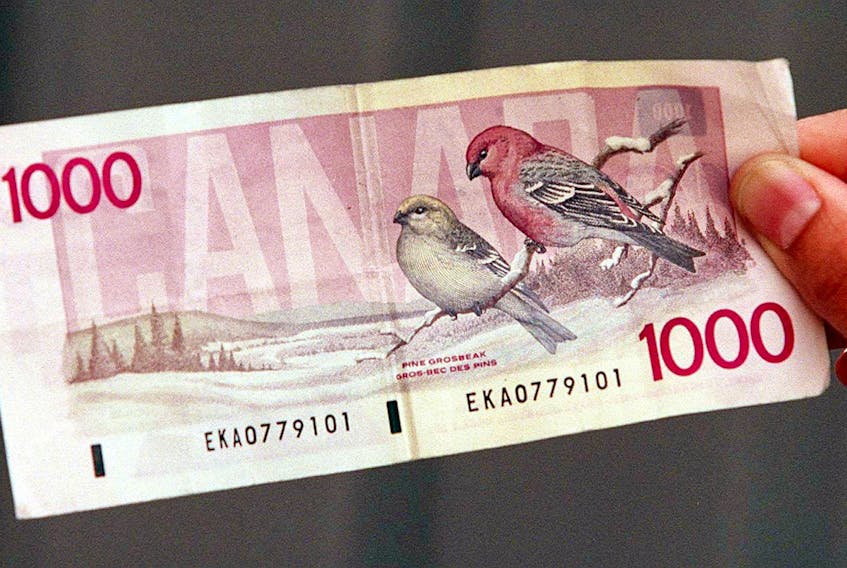Spend these bills like they’re going out of style. Because they are.
The Bank of Canada is reminding Canadians that some older bank notes will be removed as legal tender beginning Jan. 1.
Parliament approved amendments to the Bank of Canada Act in 2018 to get rid of the $1, $2, $25, $500 and $1,000 notes, which are no longer produced. Canadians won’t be able to use these old bills in transactions, the Bank of Canada (BOC) says.
“Most Canadians will not be affected because the bank notes targeted by this announcement have not been produced in decades and are rarely used in transactions,” the BOC said in a release.
“Importantly, these bank notes will not lose their value. Canadians can redeem them at face value or decide to keep them. Those who wish to redeem their bank notes can do so most easily at their financial institution. They can also send bank notes directly to the Bank of Canada.”
The BOC said the move is to cut down on counterfeit bills.
“The number has already declined dramatically over the past 10 years, owing to advances in security features, such as those on our current polymer notes,” said BOC spokesperson Amelie Ferron-Craig.
The government has indicated there are currently no plans to remove legal tender status from any other bank notes.
Jared Stapleton, of Metro Coin and Banknote in Toronto, recommends those with old bills bring them to a coin collector’s store like his, to have them examined to see if they’re worth more.
“The value of a banknote is determined by serial number, signatures and condition of the note to a collector,” he said. “We look at those three aspects to see if there’s any collector value. A $2 note can range from $2 up to $20,000, depending on the collectability of it and the rarity of it.”
Stapleton, a past president and current Ontario director of the Paper Money Society , said the $1,000 bills printed in 1935, 1937 and 1954 would be worth more, given their low print runs.
“The most valuable note in the whole run there that’s going to be discontinued is the Canada $500 note. The last one I purchased, I paid $70,000 for it,” he said. “They’ll run from catalogue value of $65,000 to $250,000. In 1935, they just produced under 21,000 of them. It’s a very low print run, so they’re very difficult to obtain.”
The $1 and $2 notes stopped being issued in 1989 and 1996, respectively, and were replaced with coins. The $25 note was a commemorative note. Both it and the $500 note were discontinued shortly after they were issued in 1935, and the $1,000 note stopped being issued in 2000, the BOC said.
Copyright Postmedia Network Inc., 2020









